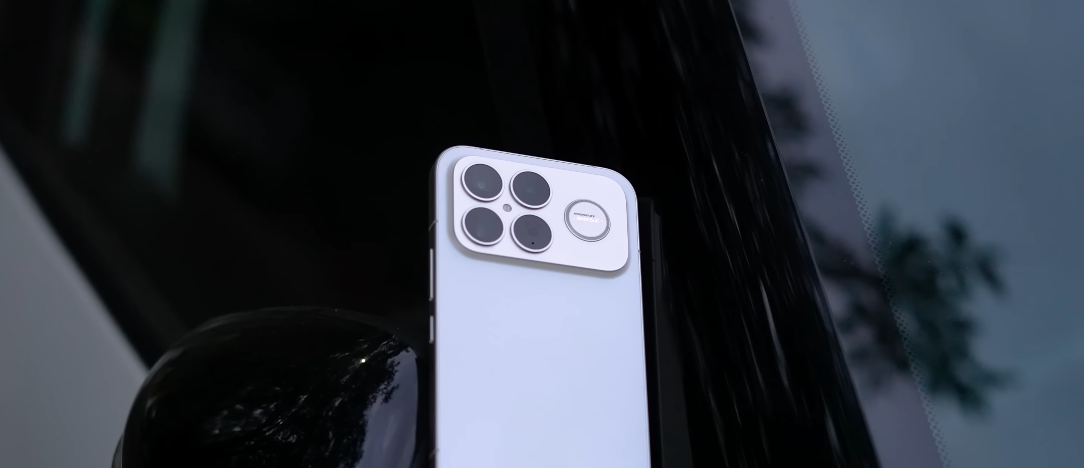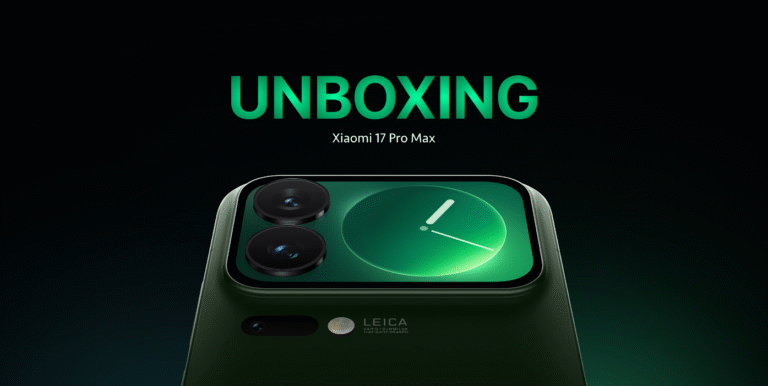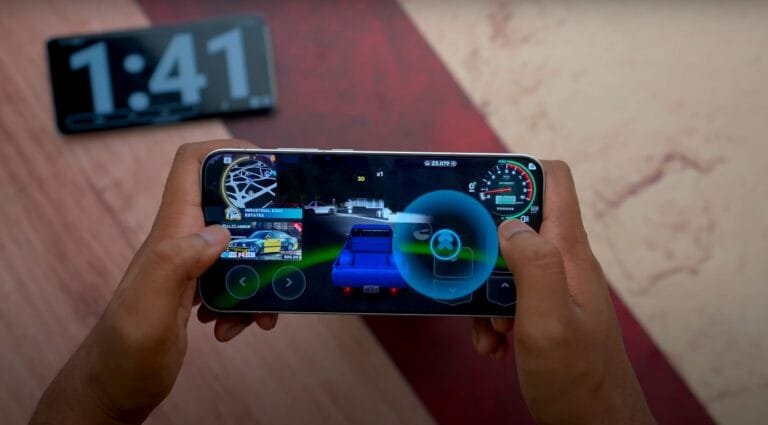POCO F8 Pro what you lose vs ultra-premium phones – compromises revealed

The Real Trade-Offs Behind a Value Flagship
The POCO F8 Pro aims to deliver powerful hardware at a much lower price than ultra-premium flagships, but that naturally comes with a few compromises. While it offers impressive performance and strong specs, it doesn’t match everything that high-end phones deliver at the top of the market. Understanding these trade-offs helps you decide whether the savings are worth it for your needs.
One of the biggest differences appears in camera quality. Ultra-premium phones usually include larger sensors, higher-grade lenses, better stabilisation and the best night-mode processing. The POCO F8 Pro may offer strong hardware for the price, but it is unlikely to match the finest low-light detail, long-range zoom quality or cinematic video performance that top-tier devices provide. For casual photography it performs well, but enthusiasts may notice its limits.
Build quality is another area where cost-saving becomes visible. Premium phones use more expensive materials such as polished aluminium, titanium, ceramic or reinforced glass. They also include tighter water-resistance ratings and more refined design details. The POCO F8 Pro still looks modern and solid, but it won’t have the same luxury feel, weight balance or durability guarantees found in ultra-premium models.

Display technology also differs. While the POCO F8 Pro is expected to include a high-refresh-rate AMOLED panel, the very best smartphones offer higher peak brightness, better colour calibration, deeper HDR performance and superior viewing angles. These upgrades make a difference when watching movies, gaming under bright sunlight or enjoying high-quality streaming content. For everyday use the POCO’s screen is impressive, but it won’t reach the absolute flagship level.
Software experience and long-term updates are another point of separation. Ultra-premium phones often guarantee the longest OS upgrades and security patches, along with exclusive software features and cleaner designs. POCO has improved its update policy, but it may still offer fewer years of major updates and slightly slower rollout compared to top-tier brands. Over years of ownership, this difference can affect longevity and resale value.
Audio quality and haptics also tend to favour premium devices. High-end flagships offer finely tuned stereo speakers, deeper bass, clearer vocals and premium vibration motors. The POCO F8 Pro will be good for media and gaming, but not as rich or immersive as the most expensive models. These finer touches often separate a great phone from a truly premium one.
Additional premium extras like wireless charging speed, advanced ecosystem features, top-level security hardware and exclusive accessories also tend to be missing or simplified on value-focused models. These are not essential for every user, but they enhance convenience and long-term comfort for those who rely heavily on their devices.
In short, the POCO F8 Pro delivers strong performance, good cameras for the price and high-value hardware. What you lose compared to ultra-premium phones are the refined details: top-tier camera consistency, luxury-level design, highest-quality display, longest updates, best audio and extra flagship features. For many users, these compromises won’t matter. But for those who want the absolute best experience across every category, an ultra-premium device remains the superior choice.





